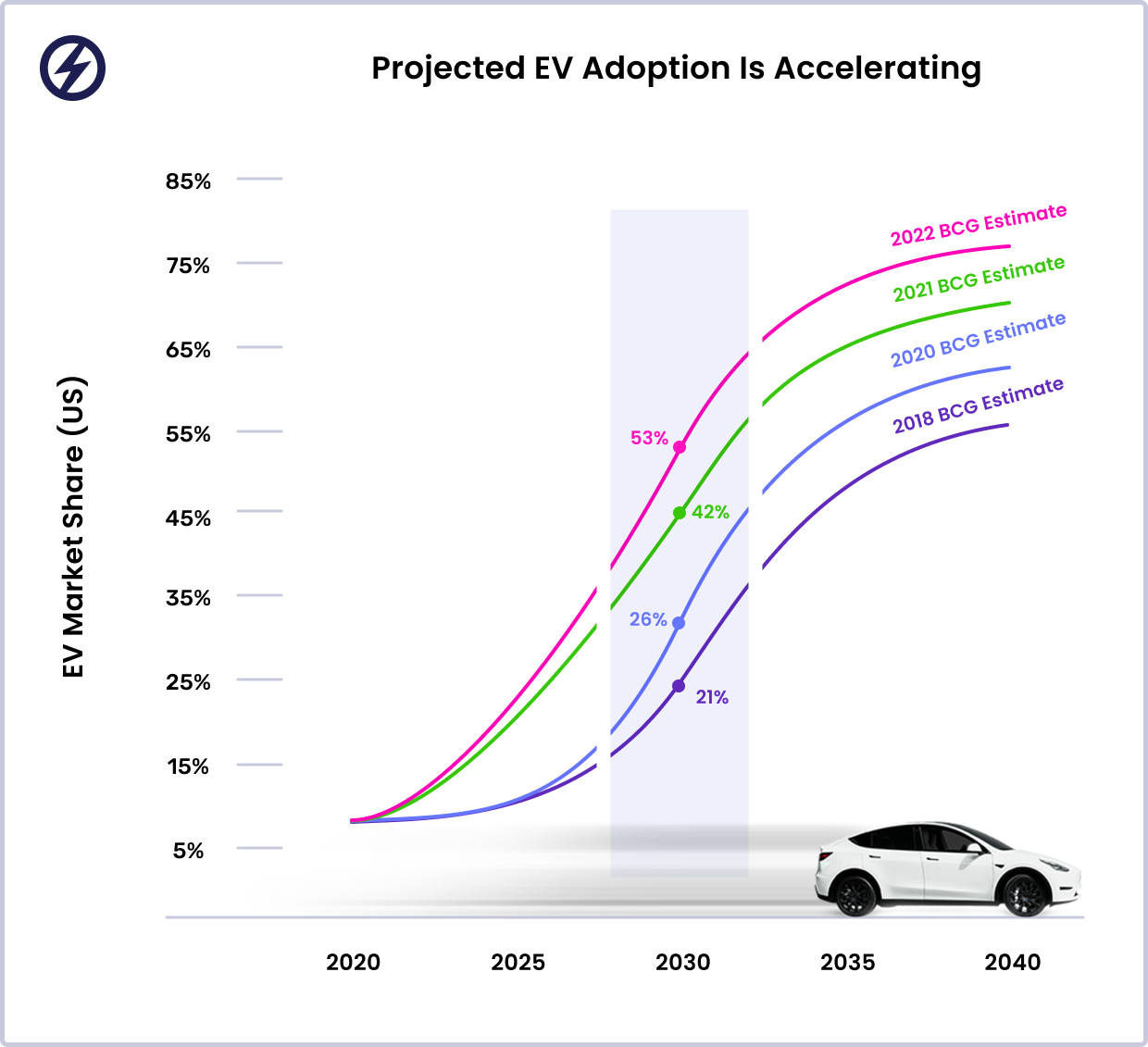
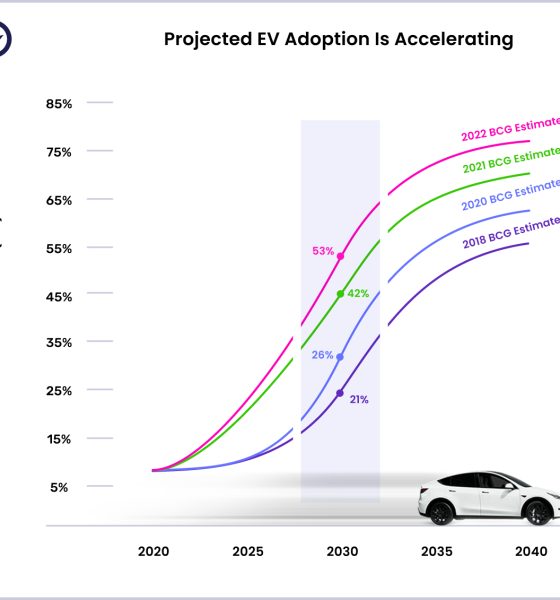
News
U.S. EV adoption is happening faster than anticipated
EV adoption in the U.S. happening much faster than anticipated, according to an observation of research by Recurrent Auto which is focused on providing transparency and confidence in pre-owned EV transactions. The research directly contradicts and challenges a statement by Jack Hollis, the executive vice president of sales at Toyota Motor North America.
According to Hollis, consumer demand isn’t sufficient enough for the mass adoption of battery electric vehicles to develop as fast as everyone would like. He added that battery electric vehicles cost too much and that the infrastructure isn’t ready for recharging the batteries away from home.
“I don’t think the market is ready. I don’t think the infrastructure is ready. And even if you were ready to purchase one, and if you could afford it … they’re still too high,” Hollis said.
Recurrent Auto: EV adoption is happening faster than expected
In an interview with Teslarati, Recurrent CEO, Scott Case shared an observation of a study by Boston Consulting Group (BCG) which has released a market projection for EV adoption annually since 2018.
Scott told me that Recurrent noticed that BCG repeated the same analysis four times since 2018 and has gotten it wrong each time.
“What we’ve seen every time they’ve done this is that they’ve just missed their forecast and gotten too low every single time.”
He said what was really interesting was that they were seeing BCG’s forecast and noticed that despite having all of the data and models, they’ve been “systematically under forecasting how fast the EV adoption is going to happen.”

The graph above shows how the EV sales projection for 2030 by BCG changed each time it released a report. According to BCG, EV sales projections in the U.S. for 2030 continued to grow to:
- 21% in the 2018 report
- 26% in the 2020 report
- 42% in the 2021 report
- 53% in the 2022 report
What Scott and the team at Recurrent found strange was that in the course of four years, the U.S. EV sales projections for 2030 more than doubled growing from an estimated 21% to 53%.
Scott pointed out that BCG isn’t the only company that has consistently missed how quickly the auto market is transitioning.
“The market adoption is just happening faster than any moment in the past. This is not about when we get to complete it, or what the numbers have been already. It’s what the best industry experts are forecasting about how fast this is going to happen.”
“We still have eight years between now and 2030. How many more times is this going to get forecasted? Eventually, they will get it right because we’ll be in 2030 and we’ll know exactly how many cars were sold that are EVs versus combustion engines. But there’s clearly only one direction that this adoption forecast is going.”
3 Major Factors
Scott went over the three major factors BCG uses in its model.
“First, it’s what are the projections for battery prices? This is a huge component of the cost of EVs. Second, is what the vehicle selection looks like and how many automakers are adopting different models. And the third is government policy changes. When you think about those three factors and over the course of the 2018-2022 models, you can sort of understand what’s been changing.”
Scott added that there was a 97% cost reduction in lithium-ion battery prices over the past three decades up to 2018.
“Since 2018, the decrease in cost flattened out, and even over the last year, it increased somewhat because of the supply chain difficulties and global issues. That’s not what was going on in this model. It’s not the battery price changes that are causing this forecast.”
“I think what you’re seeing over the course of this four-year period is the second factor. It’s vehicle selection and it translates into how many automakers are adopting and adding vehicles to their fleet. That’s a function of how automakers understand what consumers want to buy. I would say that this is a true reflection of market demand and not any government policy whether it’s a ban or a tax credit.”
Scott pointed out that next year, the Tesla Model Y will be the global best-selling vehicle without any help from any tax credit.
“You know what car it’s knocking off? It’s the Toyota Camry.”
One thing that BCG’s 2022 forecast did not include was the impacts of the Inflation Reduction Act which was signed just last month. Another thing not reflected in the 2022 forecast was California’s proposed ban on the sale of gasoline vehicles in 2034.
“California just passed the total ban on new ICE sales in 2035. Washington State where I live has–it’s nonbinding but it’s a 2030 cut-off. I’m not sure either of those is actually going to be needed because I think that the market going to take care of the transition well before those sales projections happen.”
“The most recent run of the BCG estimate was in the spring. They ran the model in the spring and published it in June. At that point, the Inflation Reduction Act was dead. Everyone thought the EV tax credit was dead and done. That doesn’t even reflect the impact of that. I would expect the next time that this model gets to run in 2023, you’ve got the impact of the EV tax credit which is a ten-year run, and the California gas car ban for 2035.”
He also said the bans will probably not be needed due to how fast the market is transitioning to EVs before they take effect. The forecast will most likely be even higher once they account for tax credits and the changing government policies.
“There’s room to grow here.”
Note: Johnna is a Tesla shareholder and supports its mission.
Your feedback is important. If you have any comments, concerns, or see a typo, you can email me at johnna@teslarati.com. You can also reach me on Twitter @JohnnaCrider1

News
Tesla FSD v14.2.2 is getting rave reviews from drivers
So far, early testers have reported buttery-smooth drives with confident performance, even at night or on twisty roads.
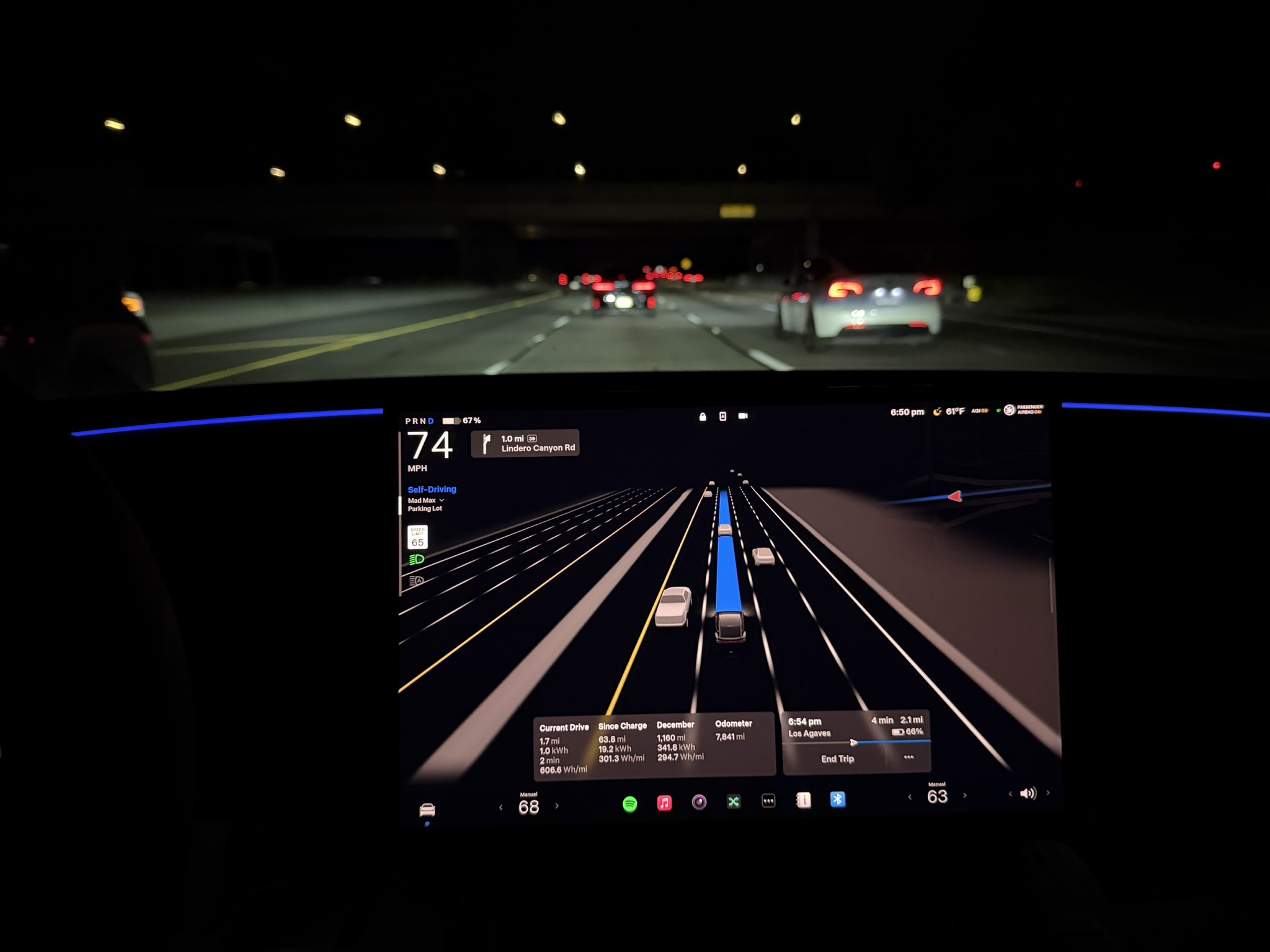
Tesla Full Self-Driving (Supervised) v14.2.2 is receiving positive reviews from owners, with several drivers praising the build’s lack of hesitation during lane changes and its smoother decision-making, among others.
The update, which started rolling out on Monday, also adds features like dynamic arrival pin adjustment. So far, early testers have reported buttery-smooth drives with confident performance, even at night or on twisty roads.
Owners highlight major improvements
Longtime Tesla owner and FSD user @BLKMDL3 shared a detailed 10-hour impression of FSD v14.2.2, noting that the system exhibited “zero lane change hesitation” and “extremely refined” lane choices. He praised Mad Max mode’s performance, stellar parking in locations including ticket dispensers, and impressive canyon runs even in dark conditions.
Fellow FSD user Dan Burkland reported an hour of FSD v14.2.2’s nighttime driving with “zero hesitations” and “buttery smooth” confidence reminiscent of Robotaxi rides in areas such as Austin, Texas. Veteran FSD user Whole Mars Catalog also demonstrated voice navigation via Grok, while Tesla owner Devin Olsen completed a nearly two-hour drive with FSD v14.2.2 in heavy traffic and rain with strong performance.
Closer to unsupervised
FSD has been receiving rave reviews, even from Tesla’s competitors. Xpeng CEO He Xiaopeng, for one, offered fresh praise for FSD v14.2 after visiting Silicon Valley. Following extended test drives of Tesla vehicles running the latest FSD software, He stated that the system has made major strides, reinforcing his view that Tesla’s approach to autonomy is indeed the proper path towards autonomy.
According to He, Tesla’s FSD has evolved from a smooth Level 2 advanced driver assistance system into what he described as a “near-Level 4” experience in terms of capabilities. While acknowledging that areas of improvement are still present, the Xpeng CEO stated that FSD’s current iteration significantly surpasses last year’s capabilities. He also reiterated his belief that Tesla’s strategy of using the same autonomous software and hardware architecture across private vehicles and robotaxis is the right long-term approach, as it would allow users to bypass intermediate autonomy stages and move closer to Level 4 functionality.
News
Elon Musk’s Grok AI to be used in U.S. War Department’s bespoke AI platform
The partnership aims to provide advanced capabilities to 3 million military and civilian personnel.
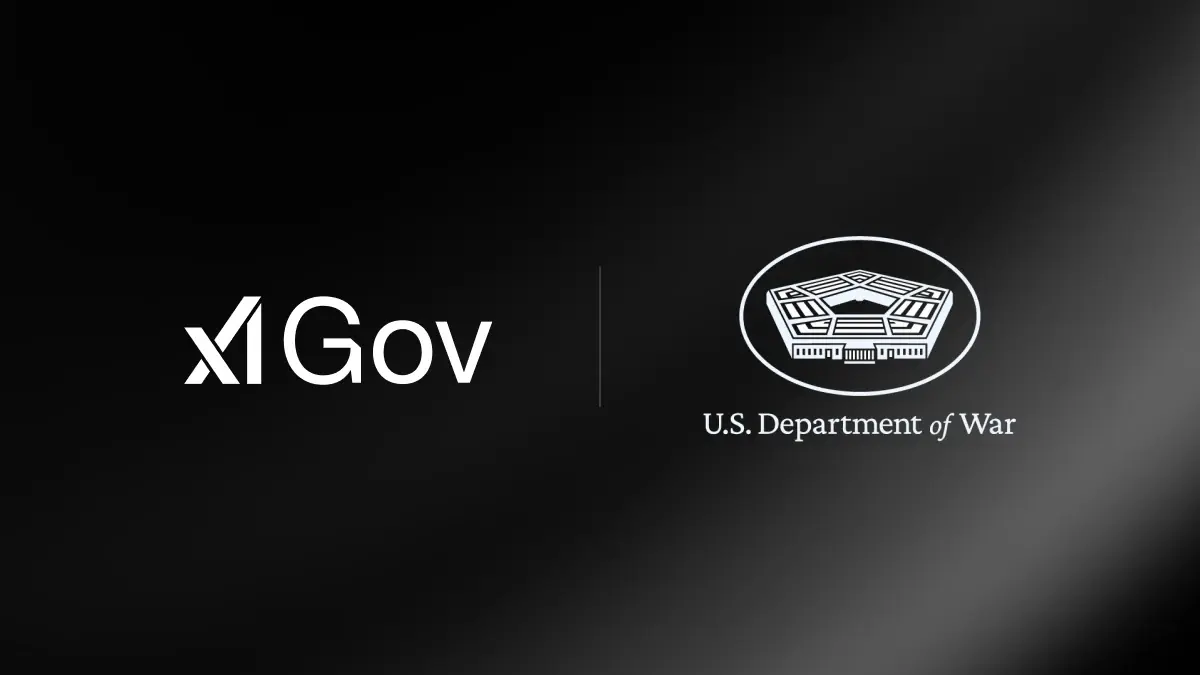
The U.S. Department of War announced Monday an agreement with Elon Musk’s xAI to embed the company’s frontier artificial intelligence systems, powered by the Grok family of models, into the department’s bespoke AI platform GenAI.mil.
The partnership aims to provide advanced capabilities to 3 million military and civilian personnel, with initial deployment targeted for early 2026 at Impact Level 5 (IL5) for secure handling of Controlled Unclassified Information.
xAI Integration
As noted by the War Department’s press release, GenAI.mil, its bespoke AI platform, will gain xAI for the Government’s suite of tools, which enable real-time global insights from the X platform for “decisive information advantage.” The rollout builds on xAI’s July launch of products for U.S. government customers, including federal, state, local, and national security use cases.
“Targeted for initial deployment in early 2026, this integration will allow all military and civilian personnel to use xAI’s capabilities at Impact Level 5 (IL5), enabling the secure handling of Controlled Unclassified Information (CUI) in daily workflows. Users will also gain access to real‑time global insights from the X platform, providing War Department personnel with a decisive information advantage,” the Department of War wrote in a press release.
Strategic advantages
The deal marks another step in the Department of War’s efforts to use cutting-edge AI in its operations. xAI, for its part, highlighted that its tools can support administrative tasks at the federal, state and local levels, as well as “critical mission use cases” at the front line of military operations.
“The War Department will continue scaling an AI ecosystem built for speed, security, and decision superiority. Newly IL5-certified capabilities will empower every aspect of the Department’s workforce, turning AI into a daily operational asset. This announcement marks another milestone in America’s AI revolution, and the War Department is driving that momentum forward,” the War Department noted.
News
Tesla FSD (Supervised) v14.2.2 starts rolling out
The update focuses on smoother real-world performance, better obstacle awareness, and precise end-of-trip routing, among other improvements.
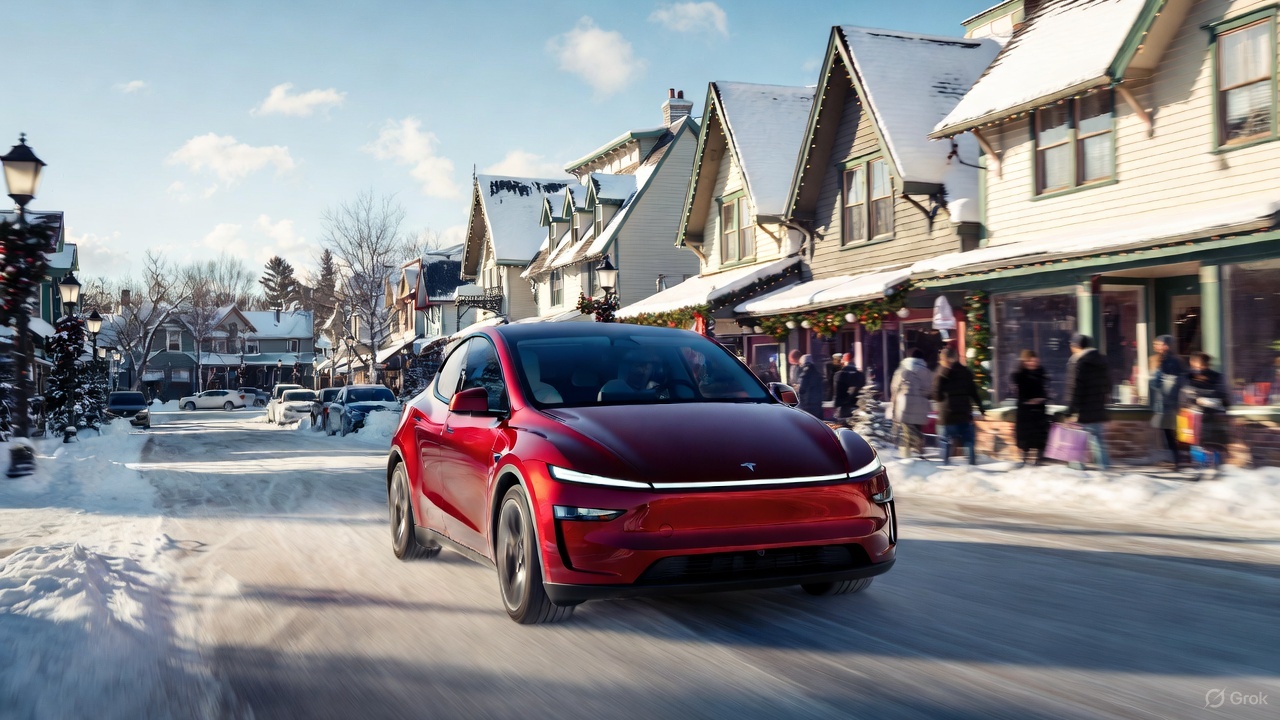
Tesla has started rolling out Full Self-Driving (Supervised) v14.2.2, bringing further refinements to its most advanced driver-assist system. The new FSD update focuses on smoother real-world performance, better obstacle awareness, and precise end-of-trip routing, among other improvements.
Key FSD v14.2.2 improvements
As noted by Not a Tesla App, FSD v14.2.2 upgrades the vision encoder neural network with higher resolution features, enhancing detection of emergency vehicles, road obstacles, and human gestures. New Arrival Options let users select preferred drop-off styles, such as Parking Lot, Street, Driveway, Parking Garage, or Curbside, with the navigation pin automatically adjusting to the user’s ideal spot for precision.
Other additions include pulling over for emergency vehicles, real-time vision-based detours for blocked roads, improved gate and debris handling, and extreme Speed Profiles for customized driving styles. Reliability gains cover fault recovery, residue alerts on the windshield, and automatic narrow-field camera washing for new 2026 Model Y units.
FSD v14.2.2 also boosts unprotected turns, lane changes, cut-ins, and school bus scenarios, among other things. Tesla also noted that users’ FSD statistics will be saved under Controls > Autopilot, which should help drivers easily view how much they are using FSD in their daily drives.
Key FSD v14.2.2 release notes
Full Self-Driving (Supervised) v14.2.2 includes:
- Upgraded the neural network vision encoder, leveraging higher resolution features to further improve scenarios like handling emergency vehicles, obstacles on the road, and human gestures.
- Added Arrival Options for you to select where FSD should park: in a Parking Lot, on the Street, in a Driveway, in a Parking Garage, or at the Curbside.
- Added handling to pull over or yield for emergency vehicles (e.g. police cars, fire trucks, ambulances).
- Added navigation and routing into the vision-based neural network for real-time handling of blocked roads and detours.
- Added additional Speed Profile to further customize driving style preference.
- Improved handling for static and dynamic gates.
- Improved offsetting for road debris (e.g. tires, tree branches, boxes).
- Improve handling of several scenarios, including unprotected turns, lane changes, vehicle cut-ins, and school buses.
- Improved FSD’s ability to manage system faults and recover smoothly from degraded operation for enhanced reliability.
- Added alerting for residue build-up on interior windshield that may impact front camera visibility. If affected, visit Service for cleaning!
- Added automatic narrow field washing to provide rapid and efficient front camera self-cleaning, and optimize aerodynamics wash at higher vehicle speed.
- Camera visibility can lead to increased attention monitoring sensitivity.
Upcoming Improvements:
- Overall smoothness and sentience.
- Parking spot selection and parking quality.








